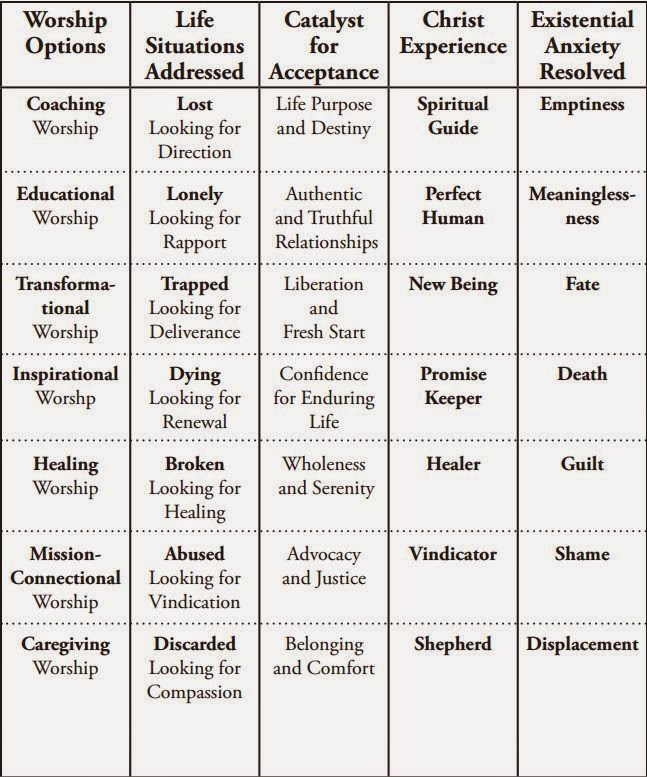AUTHOR: Thomas G. Bandy
PUBLISHER: Nashville, TN: Abingdon Press, 2014, (216 pages).
First it was the segregation of worship by time, distinct times in the morning, afternoon of evening services. Then it became separated by generational preferences, between traditional, youth, middle-age, etc. It then evolved into differences over worship styles, contemporary vs traditional, and so on. These brings up the core question: Why worship?
What is the point of worship? Does it really matter what kinds of worship ways we adopt? For an increasingly disenchanted communities and fragmented world, worship seems meaningless. Church consultant and leadership coach, Thomas Bandy then asks this revealing question:
"If worship were simply cancelled and Sunday morning ceased to become the centerpiece of church experience, what would happen?"
The simple answer is this: Worship is THE main thing. The moment worship no longer takes place, faith communities simply become another social outreach organism. Yet, there is a lot of people interested in spiritual matters. That is why it is critical for worship leaders not to be too preoccupied with the how of worship but the why people worship in the first place. For once the why is understood, the how will fall into place. The key idea in this book is to see worship as mission. We are all outsiders needing grace. Worship is thus not about differences between people, but an intersection between God and people. Worship is that desire for God, to ponder and contemplate of the mystery of God and wonder upon the beauty of God. How do we design various ways to help people enter into worship of God? Instead of by generations, worship styles, and other external distinctiveness, Bandy proposes worship ways that are more internal and appropriate to people of different "lifestyle segments." This needs to coincide with what motivates people to go to Church. Thus, Bandy proposes seven worship ways for seven different lifestyle situations.
 |
| (Thomas Bandy's Worship Ways) |
This worship lifestyle proposal by Bandy is in itself also a form of segregation already. The idea is refreshing but the identification of the needs is challenging. What if there are multiple needs within the congregation? With only a maximum of two styles, what if there are people needs from all seven categories? How does one decide how to design the service? Will that not be another form of separation of the people of God? What is probably most serious flaw is the overall focus on humanistic desires rather than the worship of God altogether. There are lots of good ideas and motivations identified. Unfortunately, this is still very much untested and will require lots of preparatory work and prayer, plus the wisdom on implementing (or not implementing) them.
As a design manual for worship leaders, this book does offer lots of food for thought. There is an intentionality to help move people from individual needs toward Christ who will not only speak into these needs but also nudge people closer to the Person of Christ. The last chapter on "The Sunday Morning Experience" helps to bring together the many perspectives but I feel it come a bit too late. If this chapter can be expanded, and the ideas there shared throughout the book, it would have a more unifying effect.
Overall, there are lots of good initiatives and Bandy has a finger on something quite important. It is putting them into actual practice and ministry that would either make the idea float or sink.
Rating: 4 stars of 5.
conrade
This book is provided to me courtesy of Abingdon Press and NetGalley in exchange for an honest review. All opinions offered above are mine unless otherwise stated or implied.

No comments:
Post a Comment